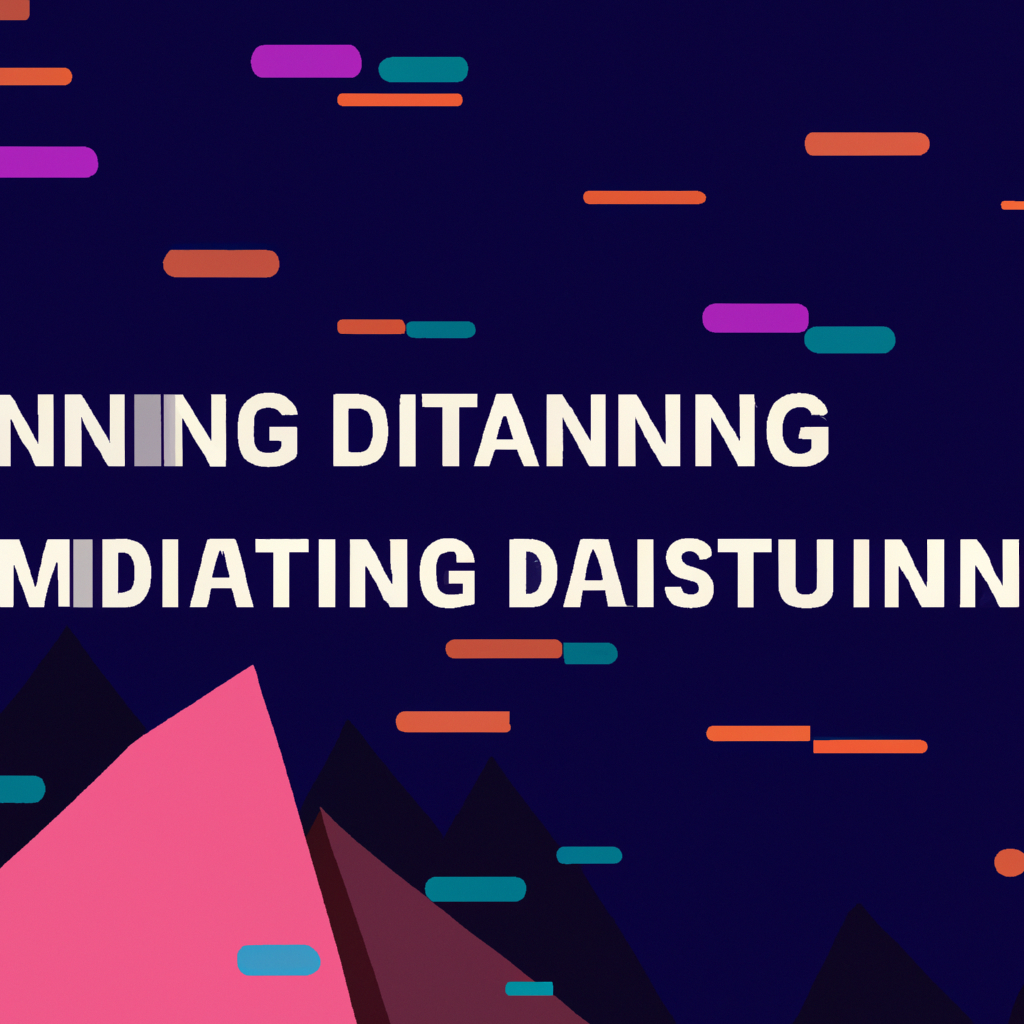Exploring the Applications of Data Mining in Customer Segmentation
Table of Contents
Exploring the Applications of Data Mining in Customer Segmentation
# Introduction
In today’s digitally-driven world, businesses are faced with an overwhelming amount of customer data. With the advent of the internet and social media platforms, companies have access to a vast array of information about their customers, including their preferences, behaviors, and demographics. However, with such an abundance of data, it becomes increasingly difficult for businesses to make sense of it all and identify patterns that can help improve their marketing strategies. This is where data mining comes into play.
Data mining is a process of extracting useful knowledge and patterns from large datasets. It involves various techniques and algorithms that aim to discover previously unknown relationships and insights. One of the key applications of data mining is customer segmentation, which involves dividing customers into distinct groups based on their characteristics and behaviors. This article aims to explore the applications of data mining in customer segmentation and its impact on business strategies.
# The Importance of Customer Segmentation
Customer segmentation is a crucial component of marketing strategies. By dividing customers into segments, businesses can tailor their marketing efforts and messages to each specific group, resulting in more effective and targeted campaigns. This approach allows companies to better understand their customers’ needs and preferences, ultimately leading to increased customer satisfaction and loyalty.
Traditional methods of customer segmentation relied heavily on demographic data such as age, gender, and income. However, these factors alone are limited in providing a comprehensive understanding of customer behavior. This is where data mining techniques come into play, enabling businesses to leverage a wider range of variables and uncover hidden patterns within their customer data.
# Data Mining Techniques for Customer Segmentation
Clustering Algorithms: Clustering algorithms are widely used in customer segmentation as they group similar customers together based on their attributes. One popular clustering algorithm is K-means, which partitions customers into K clusters based on their proximity to the centroid of each cluster. This allows businesses to identify distinct customer groups with similar characteristics, behaviors, and preferences.
Decision Trees: Decision trees are another powerful tool in customer segmentation. They create a hierarchical structure of decisions and their possible outcomes based on customer attributes. By analyzing the decision tree, businesses can identify key factors that influence customer behavior and segment them accordingly. Decision trees also provide a clear visualization of the segmentation process, making it easier for marketers to understand and interpret the results.
Neural Networks: Neural networks are a type of machine learning algorithm that can analyze complex patterns and relationships in customer data. They consist of interconnected nodes, or “neurons,” that mimic the structure and functionality of the human brain. Neural networks can identify non-linear relationships and interactions between different customer attributes, allowing for more accurate and detailed customer segmentation.
Association Rules: Association rules mining is a technique that aims to discover relationships between items in a dataset. In the context of customer segmentation, association rules can be used to identify patterns in customer purchasing behavior. For example, it may reveal that customers who purchase product A are also likely to purchase product B. By understanding these associations, businesses can create targeted cross-selling and upselling strategies to maximize customer value.
# Benefits of Data Mining in Customer Segmentation
Improved Customer Targeting: Data mining techniques enable businesses to identify specific customer segments with similar characteristics and behaviors. This allows for personalized and targeted marketing campaigns, resulting in higher response rates and conversion rates. By understanding the unique needs of each segment, businesses can tailor their products and services to better meet customer expectations, leading to increased customer satisfaction and loyalty.
Enhanced Customer Lifetime Value: Customer lifetime value (CLV) is a metric that measures the total value a customer brings to a business over their lifetime. Data mining techniques can help identify high-value customer segments, allowing businesses to prioritize their marketing efforts and allocate resources effectively. By focusing on high-value segments, businesses can improve customer retention, increase repeat purchases, and ultimately maximize their CLV.
Competitive Advantage: In today’s highly competitive market, companies that can effectively utilize customer data to drive their marketing strategies gain a significant competitive advantage. Data mining techniques allow businesses to uncover hidden patterns and insights that their competitors may overlook. By understanding customer preferences and behaviors better than their competitors, companies can create unique value propositions and differentiate themselves in the market.
Real-time Personalization: Data mining techniques can be applied in real-time, allowing businesses to personalize their marketing messages and offers based on customer behavior. For example, if a customer visits an e-commerce website and views a specific product, data mining algorithms can analyze this behavior and recommend similar products in real-time. This level of personalization enhances the customer experience and increases the likelihood of conversion.
# Conclusion
Data mining is a valuable tool in customer segmentation, enabling businesses to extract meaningful insights from large datasets. By leveraging various data mining techniques such as clustering algorithms, decision trees, neural networks, and association rules, businesses can identify distinct customer segments and tailor their marketing strategies accordingly. The benefits of data mining in customer segmentation are numerous, including improved customer targeting, enhanced customer lifetime value, competitive advantage, and real-time personalization. As businesses continue to accumulate vast amounts of customer data, the importance of data mining in customer segmentation will only continue to grow.
# Conclusion
That its folks! Thank you for following up until here, and if you have any question or just want to chat, send me a message on GitHub of this project or an email. Am I doing it right?
https://github.com/lbenicio.github.io

